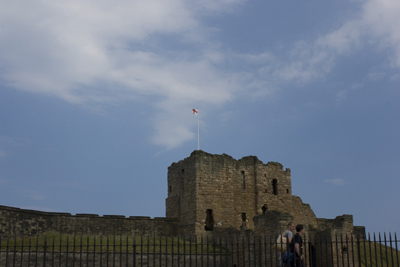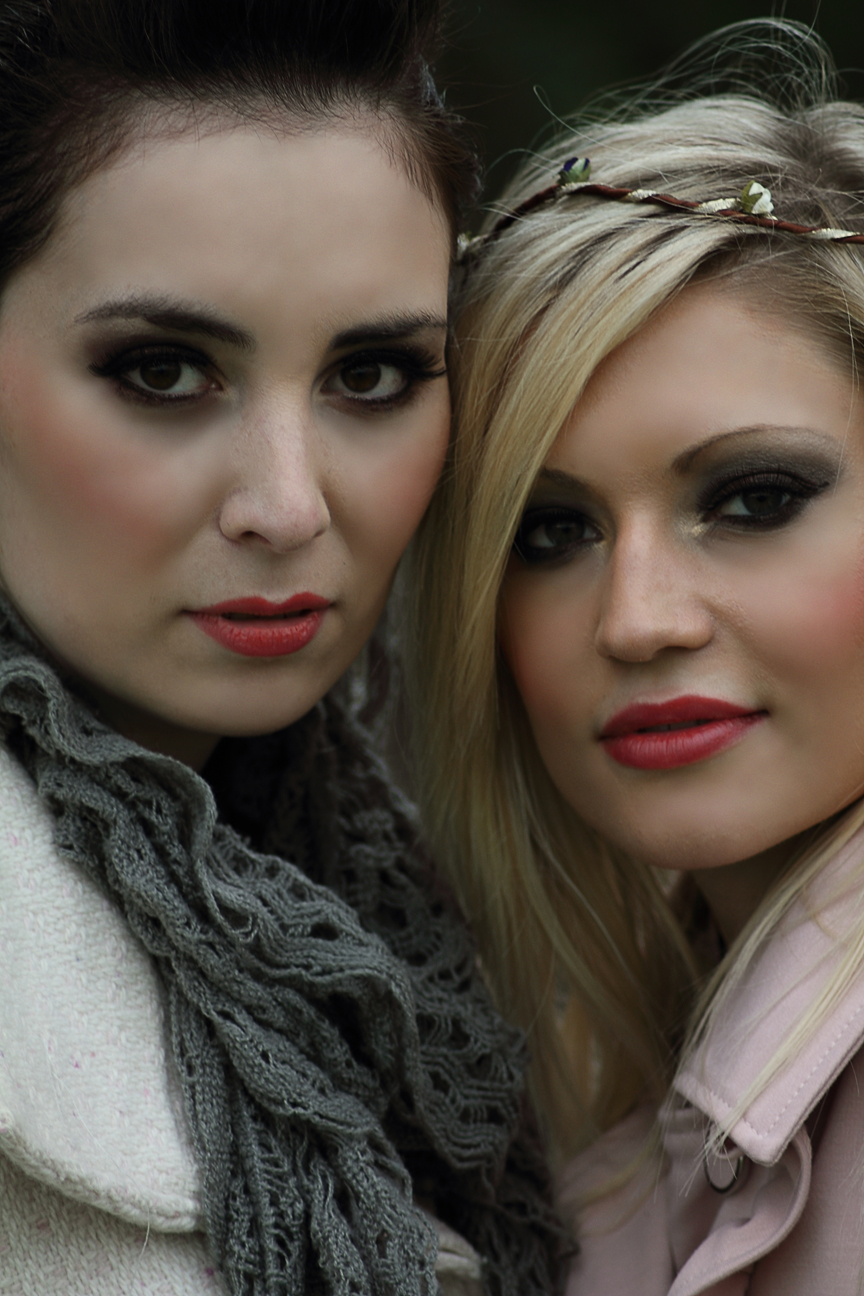Most Common Photography Terms
Ok so I have given a little insight into how to mount your lens and what its buttons do, I am also going to give you an quick overview of the most common terms you will hear in connection to photography. Dont worry its not going to be too indepth or technical and definately not going to go on for ever, its just a simple guide to help you with you photography success.
And before you start go saying “what about this and what about that”, this page is only meant to give the most common terms you will encounter when starting and working in advertising, fashion, editorial or commercial photography. It is not meant to be a full list of every lens type or every photography term on the planet.
The first thing to remember is the DSLR standard for Digital Single Lens Reflex, as is there is a single motion in the lens to take the shot, and its digital. This differs from how cameras in your mobile phone work, such as your iPhone, although it is still possible to take some great photos or movies on your mobile
DSLR Camera Lens Terms
Glass
This is a common term used to simply mean the lens, this comes from the simply fact that lenses contain glass and the better lens you use the better glass it has inside.
Lens Speed
This is one of the most common terms you will hear about lenses and at first hearing you assume it must be to do with the speed a lens can take a photo. Wrong.
Lens speed is the term used to indicate how much light gets into the lens via the aperture, the larger the aperture the fast the lens. For example a 2.8 lens is faster than a 4.0 lens as it has a larger aperture opening to let more light in.
Generally lenses classed as fast are aperture values 2.8 and lower.
Aperture
Thought mentioning this made sense after the lens speed thing above. When discussing the aperture we are talking about how open the lens gets and how much light is allowed to get into the camera.
This is a little confusing as we talk about higher aperture, which means a larger lens opening but in actual fact the aperture value will be less, as 2.8 is a faster more open aperture than 4.0. Simply put the lower the number the more light enters the camera and the faster the lense.
Aperture values are expressed as f numbers such as f2.8, this is because the aperture value is actually a fraction of the focal length of the lens. (not going to bore you with maths)
So just remember smaller aperture value or f number means faster lens and more light entering the camera.
Focal Length
This is normally expressed in mm such as 70-200mm lens for example and is simply how far the lens will zoom in and out.
Lens Types
Telephoto / Zoom lens
Lenses that do not have a fixed focal length, this lens can be zoomed in and out.
Prime Lens
Lenses that have a fixed focal length, typically used in portrait photography. This lens does not move and cannot be zoomed in or out.
Wide Angle Lens
A lens which can capture a wider field of view, simply it can show you more of the scene when at its widest setting typically 28mm or lower.
Tilt and Shift
This is a type of lens that can shoot a photograph with a single area in focus but the rest of the image slightly out of focus
Useful Photography Terms
F Stop
This is an expression of the amount of given light falling onto a subject, typically for each number the light is reduced by 1.
NOTE the f numbers used to describe the aperture of a lens are not the same are F Stop numbers used to describe the amount of light.
Crop Sensor
This is the terms used when a DSLR camera has a sensor size less than that of a 35mm film frame, typically expressed in terms of numbers such as 1.6 which is the crop factor compared to a full frame.
Full Frame
This is the term used when a camera has a sensor the same size of that of a 35mm film frame
Medium Format
This is a term used for a camera which is capable of taking shots that can be printed at a large size and that have a sensor larger than a standard 35mm film frame
Large Format
This is the terms used for cameras than can take photos that can be printed at 1m x 1m or large, this size is commonly used when selling your shots for use in large billboard or posters.
Reflector
Something used to reflect light onto or away from your subject.
Filters
Attachments to the lens to change available light, add effects and many other things. They normally come in either screw on or holder types, filters can be used to create some great shots and add something to your shots that you would normally do in Photoshop. For an example of what you can do with and without filters I recommend this EBook series
Stock Photos / Stock Photography
This is the art of taking a photo that has a multitude of uses, and is normally sold to a Stock Agency to be resold. Images that are Stock as things like a picture of a person reading, something ona desk or anything else that is generic in nature. For a bit for on this and how to make a living out of Stock Photo check out this great EBook by Nick Stubbs





